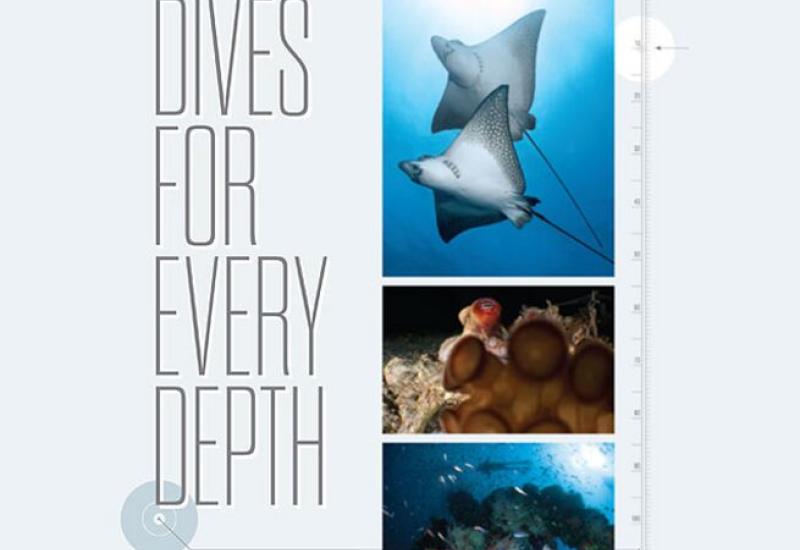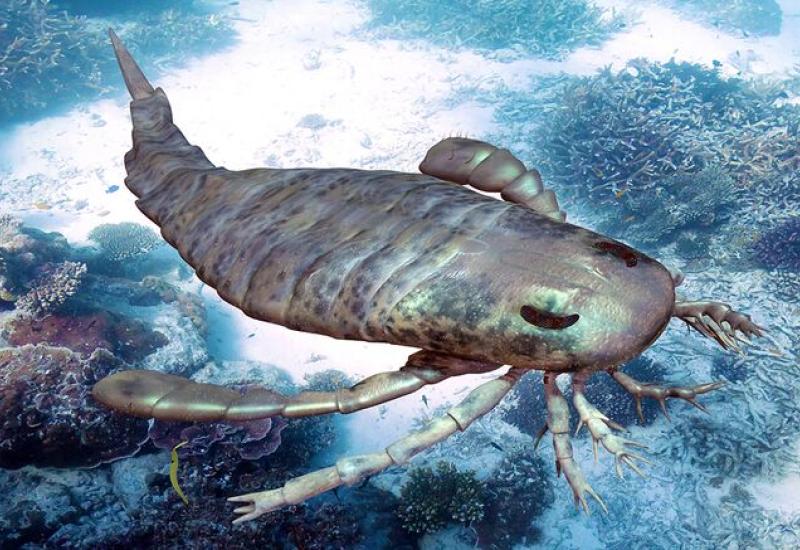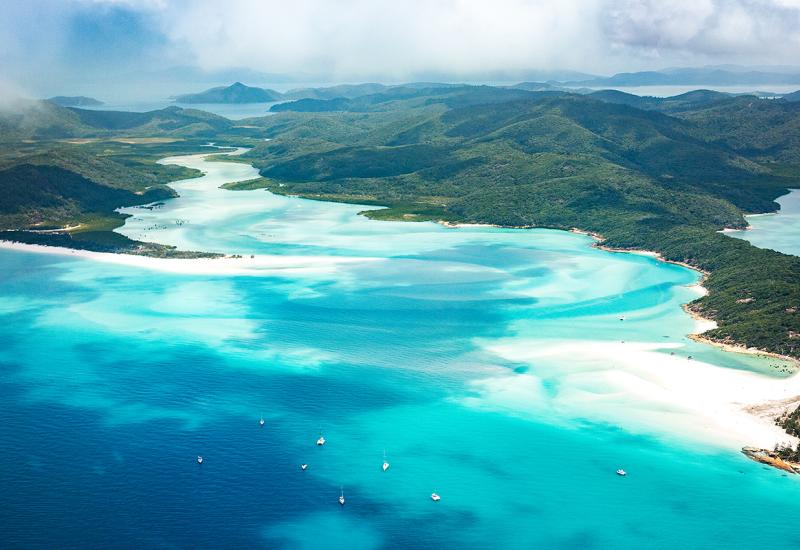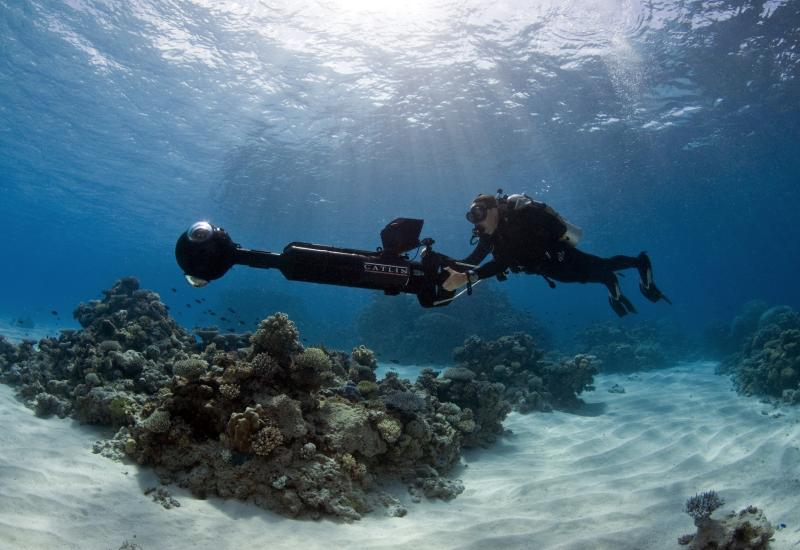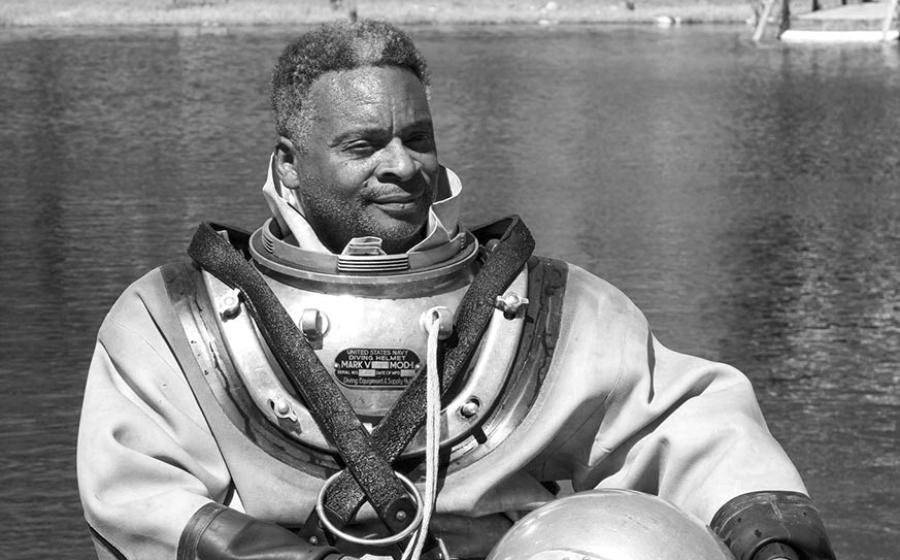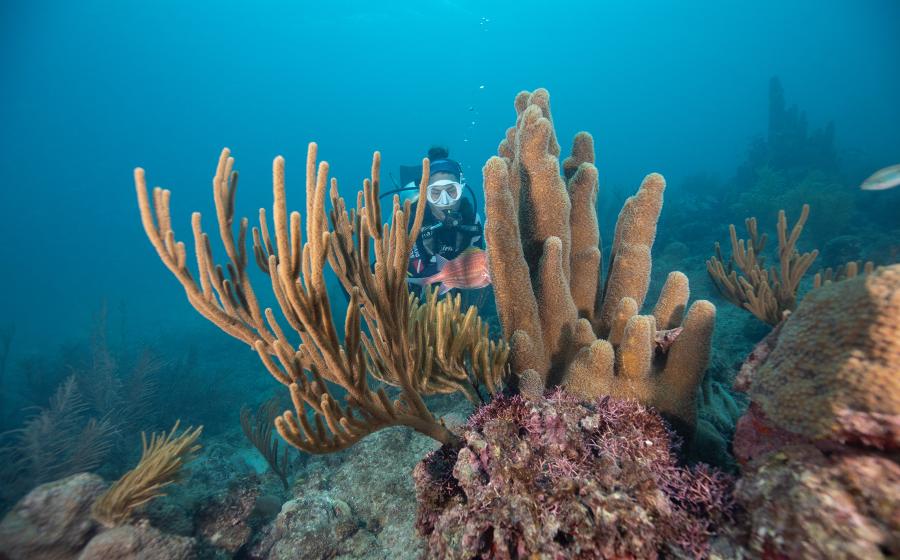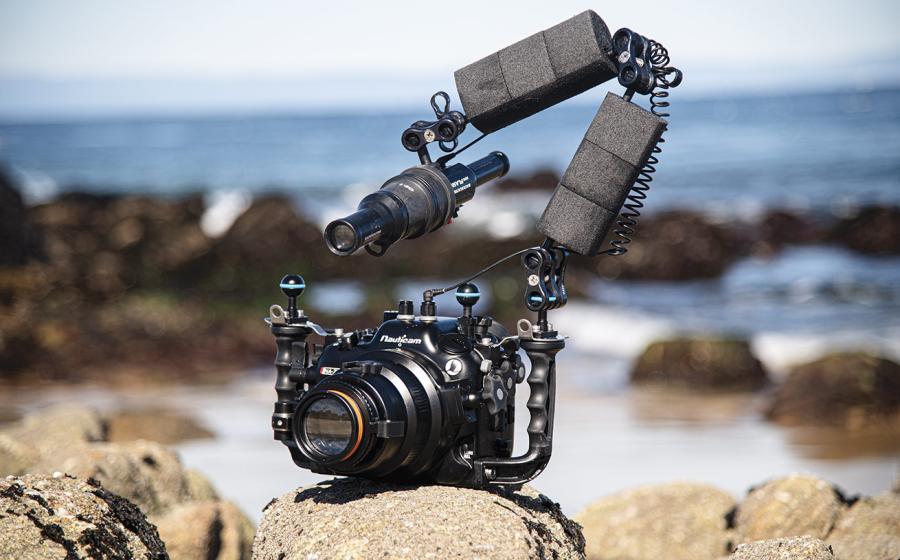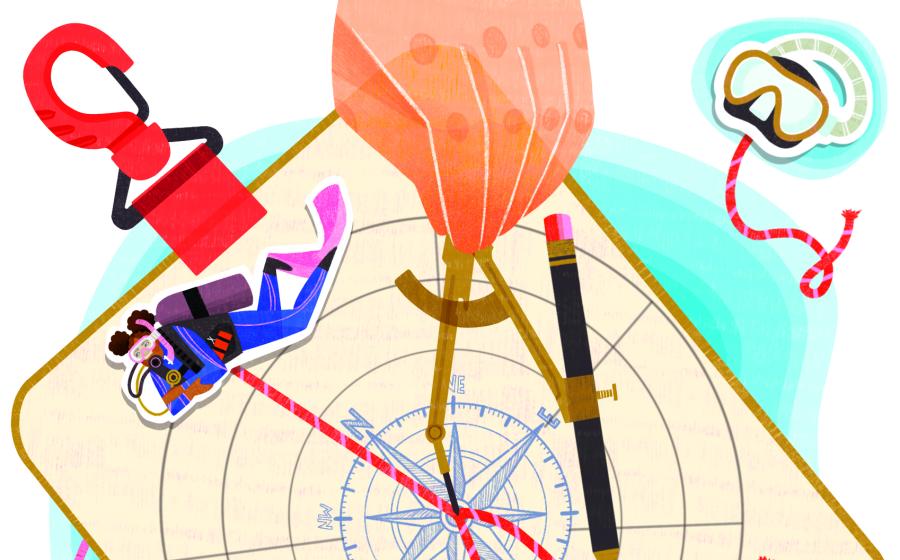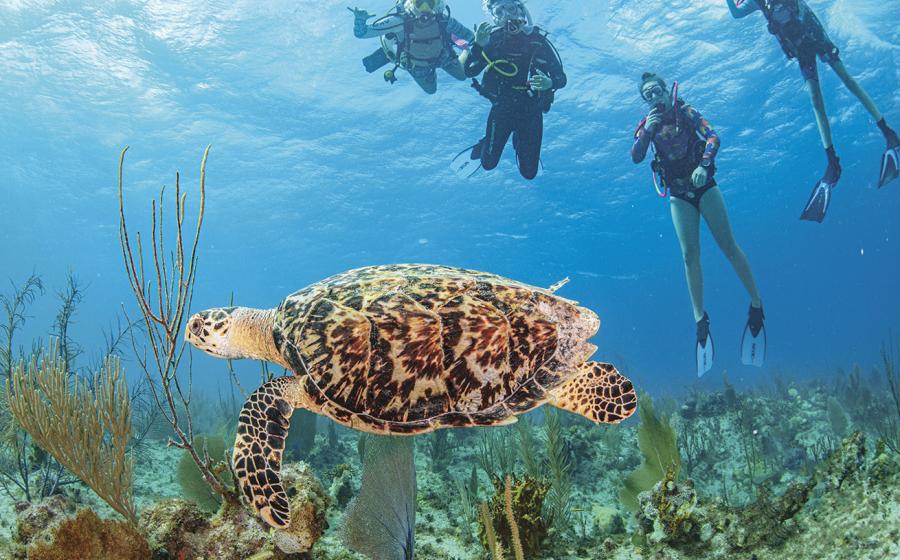WWII Discoveries in Palau

Mark Moline / University of Delaware
It is estimated that one month of the two-month-long World War II fight for Peleliu, in the Palau island chain, resulted in more than 5,000 casualties, and 30 U.S. carriers, aircraft and landing craft going missing.
Armed with information from national archives, ocean-current charts, plane-trajectory analyses and veterans, the Project Recover team uses robots in its efforts to recover the 70 to 80 soldiers who may still be among the wreckage.
Also on-hand to search the ocean floor for the missing wreckage and capture images: autonomous underwater vehicles (AUVs), thermal cameras, unmanned aerial systems and sonar.
“Some of these aircraft hit the water [at] around 150 mph, so some of them don’t look like airplanes anymore,” says Mark Moline, director of the School of Marine Science and Policy at the University of Delaware. “They look very similar to coral reefs.”
So how do the AUVs work?
When sonar hits metal instead of reef, it responds with a different density. The AUV then maps out the area with high-resolution images. Once the map is complete, divers are sent down with hand-held sonar devices to undertake a more thorough search.
To date, two wrecks have been discovered: a WWII Avenger bomber and an F6F Hellcat. Once found, the wrecks are treated with the utmost respect.
“We were approaching what is hallowed ground,” says Eric Terrill, a researcher at the Scripps Institution of Oceanography who works with Project Recover. “Two of our guys are still on board that aircraft.”
After the discovery is confirmed, Project Recover notifies the U.S. Navy, which informs the families and establishes proper recovery tactics, if necessary. The team is committed to finding the wrecks, but the reward is bittersweet.
“The only thing worse than going off to participate in a war is going off to participate in a war and never getting to come home,” Casey Doyle, a volunteer who works with the project, said in a video produced by camera maker GoPro, one of the project’s sponsors.
Find out more about the ongoing project here.

